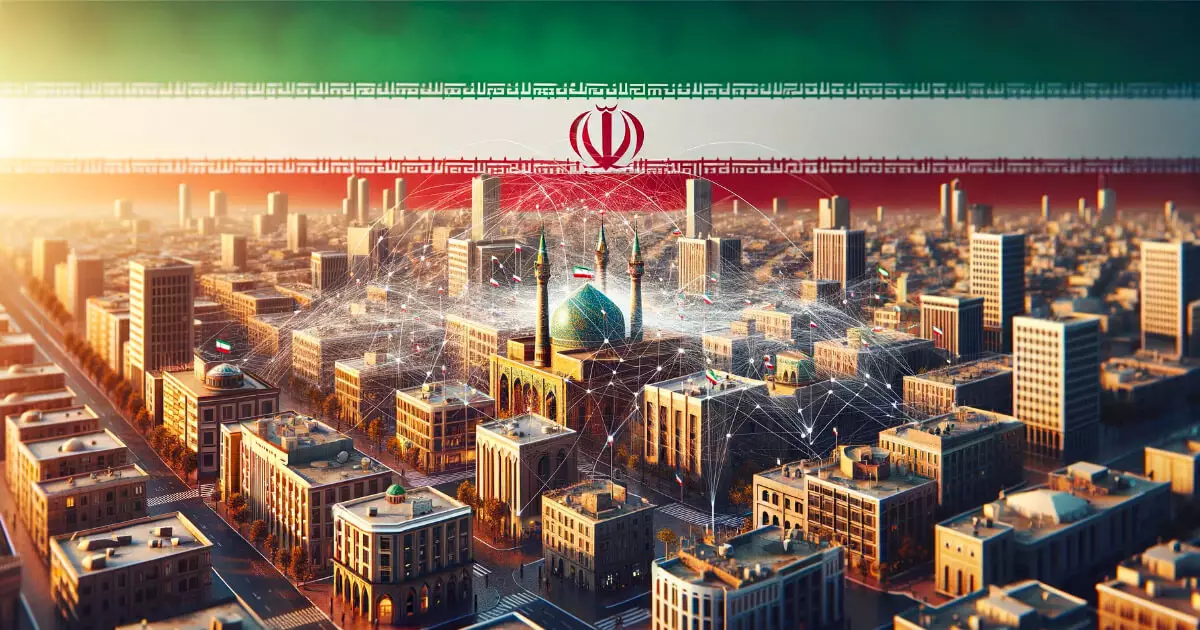In a move that underscores its commitment to modernizing the financial sector, Iran’s Central Bank is on the cusp of launching the Digital Rial, a central bank digital currency (CBDC) aimed at revitalizing the country’s banking infrastructure. Announced by Central Bank Governor Mohammad Reza Farzin during the 11th Annual Conference on Modern Banking and Payment Systems, the Digital Rial is envisioned to transform financial transactions domestically and internationally while supporting Iran’s strategic objectives in a challenging geopolitical environment.
The Digital Rial is anticipated to capitalize on Iran’s existing digital banking framework, particularly the Shetab payment network. Currently capable of processing transactions in less than two seconds, this network lays a robust foundation for the efficient operation of a digital currency. The introduction of the Digital Rial aims to streamline financial operations by minimizing delays and operational costs, which have often hindered financial transactions amid international sanctions.
By aligning with global financial trends, the Digital Rial not only signifies a modernization effort but also speaks to Iran’s broader ambition to emerge as a financial leader within the region. Farzin’s remarks emphasize a vision of adaptation and innovation, indicative of Iran’s desire to position itself favorably against the backdrop of a digital revolution in the banking sector.
The unfolding of the Digital Rial is a calculated response to the economic constraints imposed by sanctions. By fostering a digital currency, Iran seeks a pathway to financial autonomy that bypasses traditional international banking platforms such as SWIFT. The initiative emerges as a vital strategy for circumventing economic isolation, illustrating Iran’s intent to strengthen its resilience against external pressures.
Moreover, the Digital Rial is set to bolster trade relations with regional partners. The introduction of alternative solutions, such as the ACU-MIR platform, serves as proof of Iran’s proactive approach to mitigating the impact of sanctions. This platform enables trade between Iran and countries like India and Pakistan, showcasing a practical application of digital solutions in fostering economic ties despite geopolitical challenges.
Part of Iran’s broader initiative involves integrating local financial systems with international networks, particularly with BRICS nations that have demonstrated a growing inclination towards local currencies. The Digital Rial, combined with linkages to systems such as Russia’s MIR payment mechanism, positions Iran strategically to partake in regional economic ecosystems.
This bilateral approach is not just theoretical; it has tangible implications for tourism and cross-border transactions. As the two systems facilitate financial exchanges, they encourage movement between countries, enhancing both tourism and commercial activities. The anticipated arrival of Russian tourists in Iran using the Digital Rial and similar facilitation for Iranian travelers in Russia by early 2025 exemplifies the measurable benefits of these initiatives.
The enactment of the Digital Rial signifies a pivotal transformation in the Iranian banking landscape. As the country navigates through a complex web of restrictions and evolving global economics, embracing digital currency represents Iran’s strategic pivot towards sustainability and innovation. This paradigm shift is positioned not merely as a reaction to external pressures but as a proactive evolution aimed at enhancing the overall financial health of the nation.
In fostering a flexible and responsive banking ecosystem, Iran is embracing the imperative for digital adaptation in the contemporary financial arena. The launch of the Digital Rial could serve as a bellwether for other nations grappling with similar sanctions, suggesting a roadmap toward innovation amid economic adversity.
As the Digital Rial prepares for its debut, it is clear that Iran is committed to redefining its financial operations in an ever-evolving global landscape. By prioritizing digital currency alongside alternative banking systems, Iran aims to carve out a significant role within the regional and global financial networks. This ambitious undertaking is not just about currency innovation; it encapsulates a vision for economic resilience and international collaboration in a time of unprecedented transformation.



















Leave a Reply